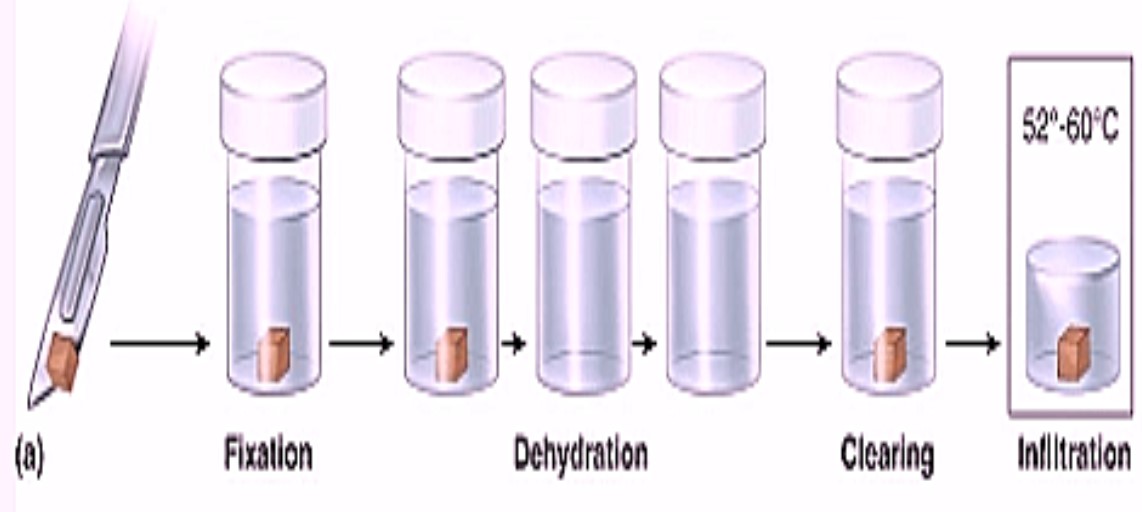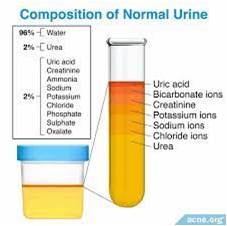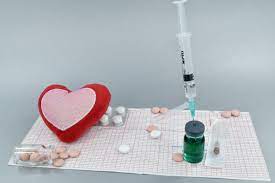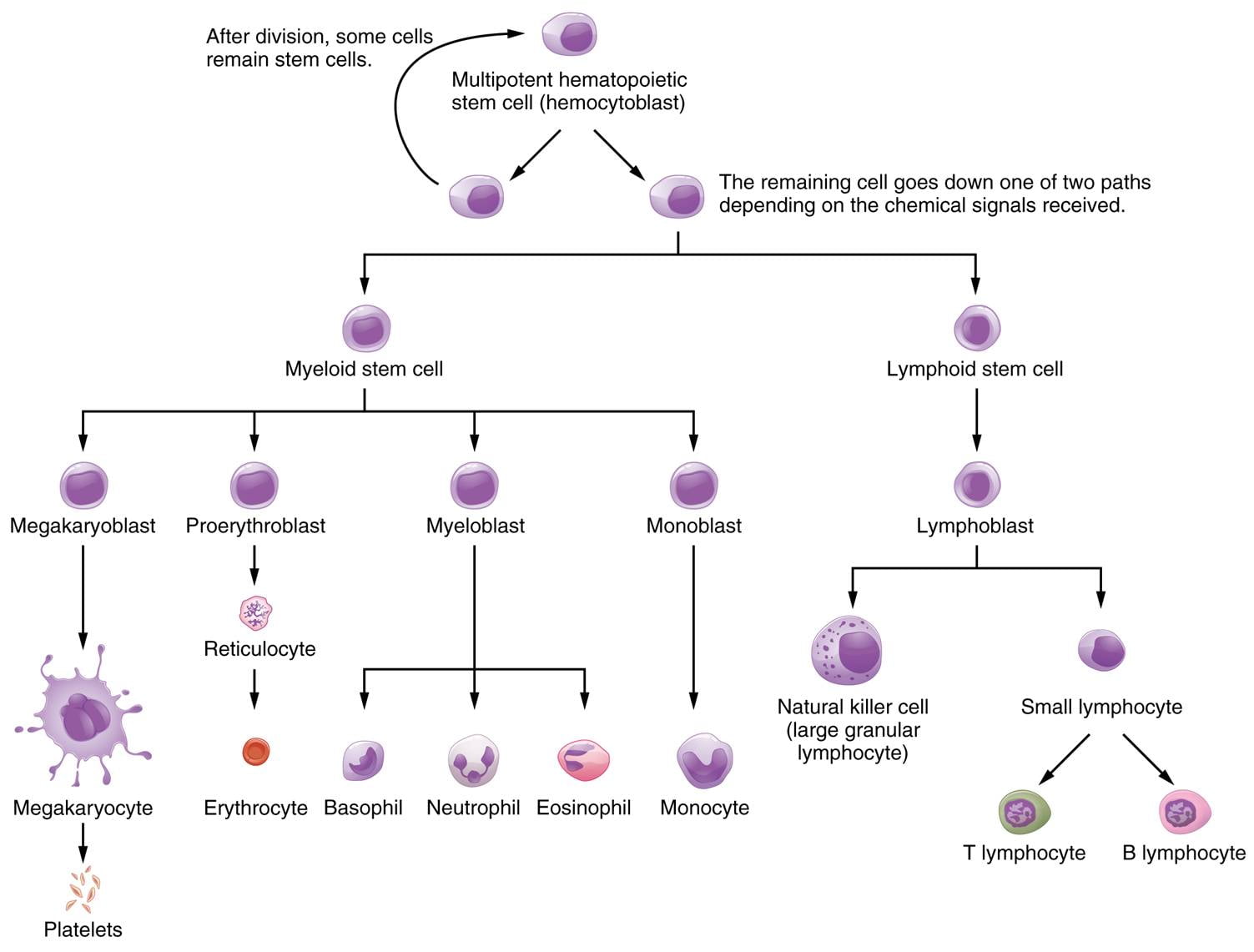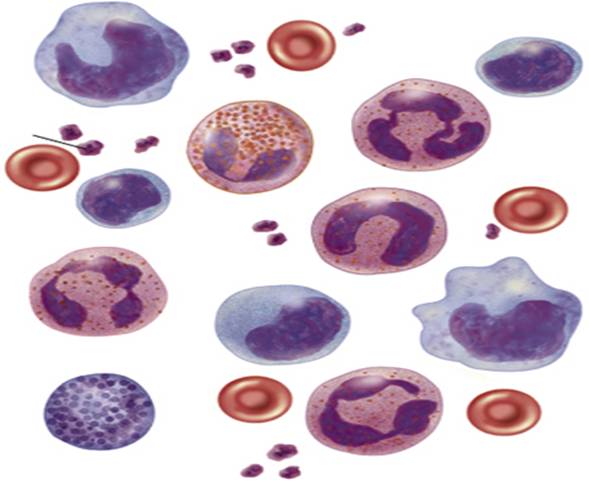Blood Cell Count: The study of blood cell count is called hematology. It is a branch of medicine that deals with the diagnosis, treatment, and prevention of diseases related to the blood. Hematologists study the blood and blood cells to learn more about their structure, function, and development.
Blood cell counts are used to diagnose a wide range of conditions, including:
- Infections
- Anemia
- Leukemia
- Lymphoma
- Myeloma
- Thrombosis
- Bleeding disorders
Blood cell counts can also be used to monitor the response to treatment for certain conditions, such as cancer and chemotherapy.
Types of Blood Cells
There are three main types of blood cells: red blood cells, white blood cells, and platelets.
Red blood cells: Red blood cells, also known as erythrocytes, are responsible for transporting of gases from the lungs to different tissues and tissues to lungs throughout the body.
White blood cells: White blood cells, or leukocytes, form a vital part of the immune system. They defend the body against infections, bacteria, viruses, and other harmful invaders. A balanced WBC count is essential for a robust immune response.
Platelets: Platelets are small cell fragments that play a pivotal role in blood clotting. They help prevent excessive bleeding by forming blood clots at the site of an injury. Monitoring platelet count is essential to assess clotting abilities.
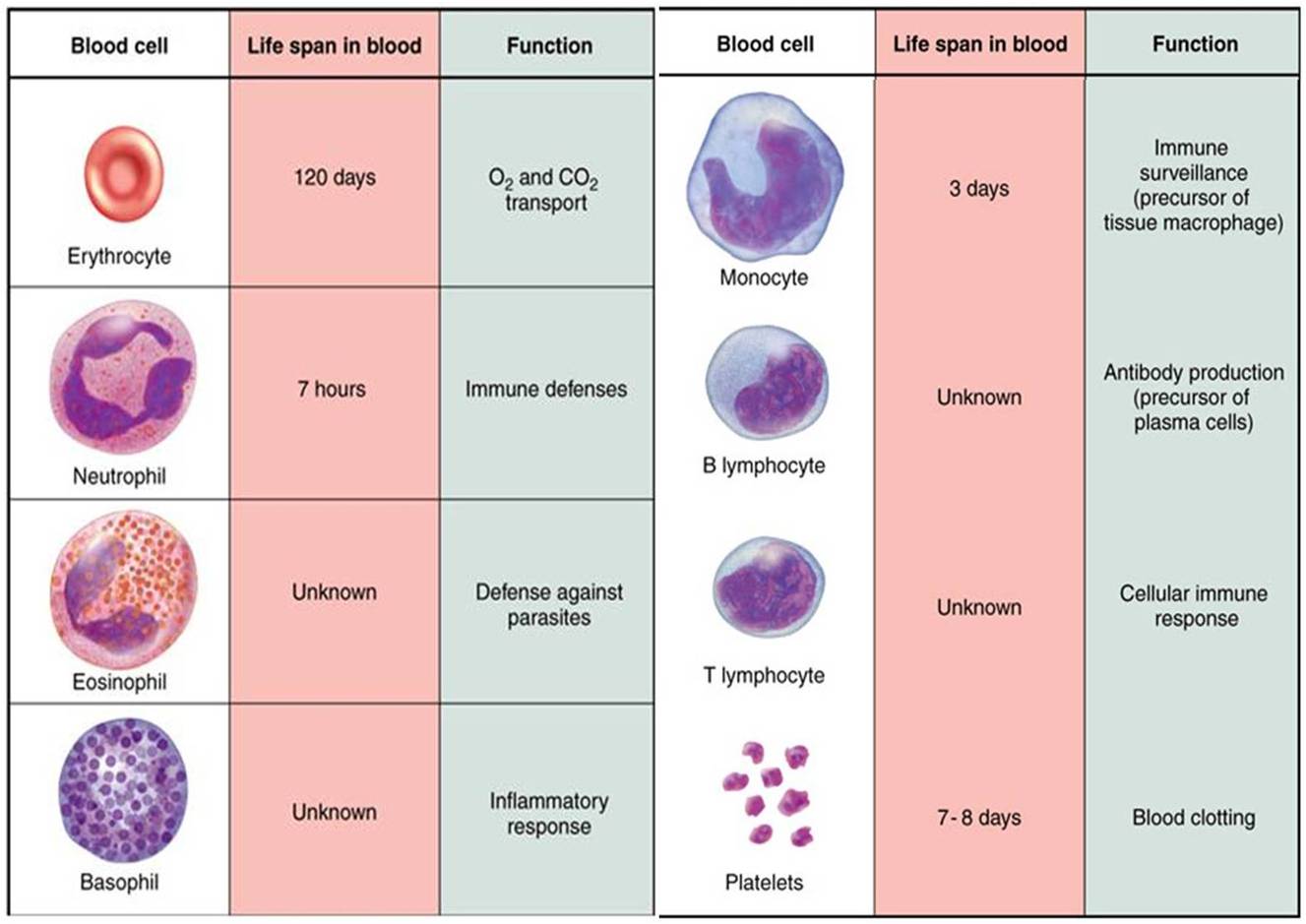
New advances in the study of blood cell count
- Researchers are developing new methods to count and characterize blood cells using flow cytometry and other advanced technologies.
- Scientists are studying the role of blood cells in the development and progression of various diseases, such as cancer and Alzheimer’s disease.
- New blood cell-based therapies are being developed to treat a variety of conditions, such as leukemia and sickle cell disease.
A complete blood count (CBC) is a routine blood test that measures the levels of all three types of blood cells. A CBC can be used to diagnose a variety of conditions, including infections, anemia, and leukemia. In addition to CBCs, there are a number of other tests that can be used to measure the levels of specific types of blood cells. For example, a differential white blood cell count can be used to measure the levels of different types of white blood cells, such as neutrophils, lymphocytes, and monocytes. The study of blood cell count is a dynamic and rapidly evolving field. New discoveries are being made all the time, and these discoveries are leading to new and better ways to diagnose, treat, and prevent diseases.
Total RBC count
The total red blood cell count (RBC count) is a measure of the number of red blood cells in a given volume of blood. Red blood cells are responsible for carrying oxygen from the lungs to the tissues of the body and removing carbon dioxide from the tissues and transporting it back to the lungs.
The normal RBC count for adults is:
- Men: 4.7 to 6.1 million cells per microliter (cells/mcL)
- Women: 4.2 to 5.4 million cells/mcL
An abnormal RBC test result is often the first sign of an illness. A high red blood cell count may indicate that you have a condition that’s preventing you from getting enough oxygen. A high count for men is anything over 6.1 million cells per microliter (mcL); for women, it’s anything above 5.4 million cells/mcL; and for children, it’s a count higher than 5.5 million cells/mcL. A low RBC may be caused by an infection or a medical condition related to anemia. Low RBC counts are those below 4.7 for men, 4.2 for women, and 4.1 for children.
A high RBC count (polycythemia) can be caused by a number of factors, including:
- Dehydration
- High altitude
- Smoking
- Congenital heart disease
- Kidney disease
- Certain types of cancer
A low RBC count (anemia) can also be caused by a number of factors, including:
- Iron deficiency
- Vitamin B12 deficiency
- Folate deficiency
- Kidney disease
- Cancer
- Bleeding
Total WBC Count
The total white blood cell (WBC) count is a measure of the number of white blood cells in a given volume of blood. White blood cells play an important role in the immune system, helping to protect the body from infection and disease.
The normal total WBC count for adults is 4,500 to 11,000 cells per microliter (cells/mcL).
A high WBC count (leukocytosis) can be caused by a number of factors, including:
- Infection
- Inflammation
- Cancer
- Certain medications
A low WBC count (leukopenia) can also be caused by a number of factors, including:
- Bone marrow disorders
- Viral infections
- Certain medications
Aware about total WBC count:
- The total WBC count can vary throughout the day, depending on factors such as stress, exercise, and diet.
- The total WBC count may be temporarily elevated after childbirth, surgery, or other trauma.
- Certain medications can also affect the total WBC count.
- If you have any concerns about your total WBC count, be sure to talk to your doctor.
Platelets Count
The platelet count is a measure of the number of platelets in a given volume of blood. Platelets are small, disk-shaped cells that play an important role in blood clotting. When a blood vessel is injured, platelets clump together to form a plug that stops the bleeding.
The normal platelet count for adults is 150,000 to 450,000 platelets per microliter (cells/mcL).
A high platelet count can increase the risk of clotting or excessive bleeding, while a low platelet count can make it difficult for the blood to clot, putting a person at risk of excessive bleeding.
Absolute Esinophil count
The absolute eosinophil count (AEC) is a measure of the number of eosinophils in a given volume of blood. Eosinophils are a type of white blood cell that plays a role in the immune system. They are involved in fighting infections, particularly allergic reactions and parasitic infections.
The normal AEC for adults is 30 to 350 eosinophils per microliter (cells/mcL).
A high AEC (eosinophilia) can be caused by a number of factors, including:
- Allergic reactions
- Parasitic infections
- Certain types of cancer
- Certain medications
A low AEC (eosinopenia) can also be caused by a number of factors, including:
- Viral infections
- Certain medications
- Stress
Reticulosyte count
The reticulocyte count is a measure of the number of immature red blood cells (reticulocytes) in the blood. Reticulocytes are produced in the bone marrow and released into the bloodstream to mature into red blood cells. The reticulocyte count is used to assess how well the bone marrow is producing red blood cells.
The normal reticulocyte count for adults is 0.5% to 2.5%. A high reticulocyte count (reticulocytosis) can be caused by a number of factors, including:
- Blood loss
- Hemolytic anemia (a condition in which red blood cells are destroyed too quickly)
- Bone marrow recovery after chemotherapy or radiation therapy
A low reticulocyte count (reticulocytopenia) can also be caused by a number of factors, including:
- Iron deficiency anemia
- Vitamin B12 deficiency anemia
- Folate deficiency anemia
- Bone marrow disorders
Factors Affecting Blood Cell Count
Several factors can influence blood cell counts. Let’s explore some of the key factors:
Age and Gender: Age and gender can impact blood cell counts. For example, newborns may have different ranges compared to adults. Additionally, males and females might exhibit variations due to hormonal differences.
Health Conditions: Certain health conditions, such as anemia, leukemia, and infections, can affect blood cell counts. Understanding these relationships can aid in the early detection and management of various disorders.
Lifestyle Factors: Lifestyle choices like diet and physical activity can influence blood cell counts. Adequate nutrition, hydration, and regular exercise contribute to maintaining optimal blood cell levels.
Conclusion
The total blood cell count is an important part of a complete blood count (CBC), which is a routine blood test that measures the levels of all three types of blood cells: red blood cells, white blood cells, and platelets. A CBC can be used to diagnose a variety of conditions, including infections, anemia, and leukemia.
FAQs
1: How often should blood cell counts be checked?
The frequency of blood cell count checks depends on individual health conditions. Generally, for healthy individuals, an annual checkup is recommended. Those with specific medical issues may need more frequent monitoring.
2: Can lifestyle changes affect blood cell counts?
Yes, lifestyle choices such as maintaining a balanced diet, staying hydrated, and engaging in regular physical activity can positively impact blood cell counts.
3: Are high or low blood cell counts always a cause for concern?
Not necessarily. Blood cell counts can vary due to temporary factors like infections or stress. However, persistent abnormal counts may indicate underlying health issues.




